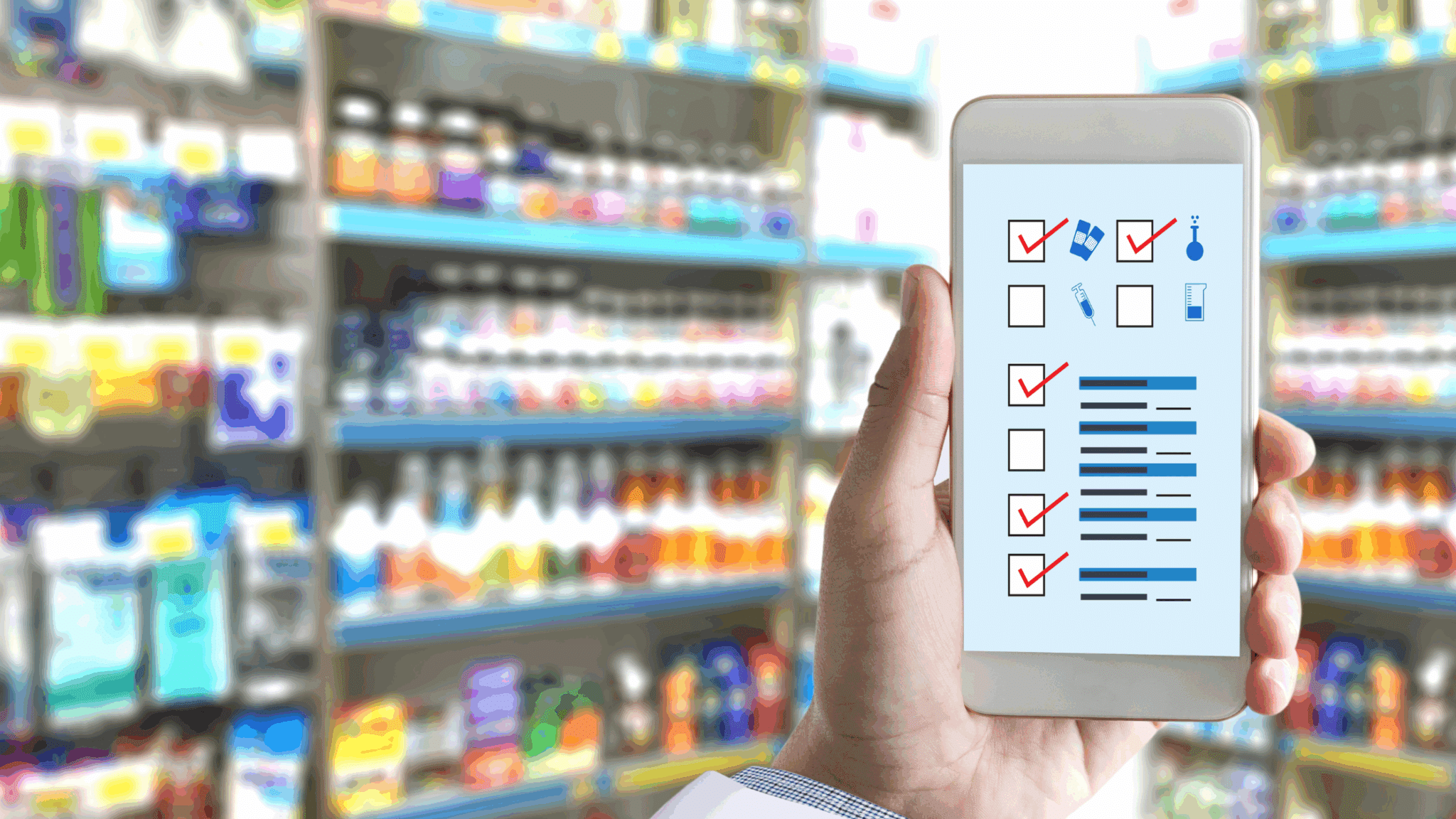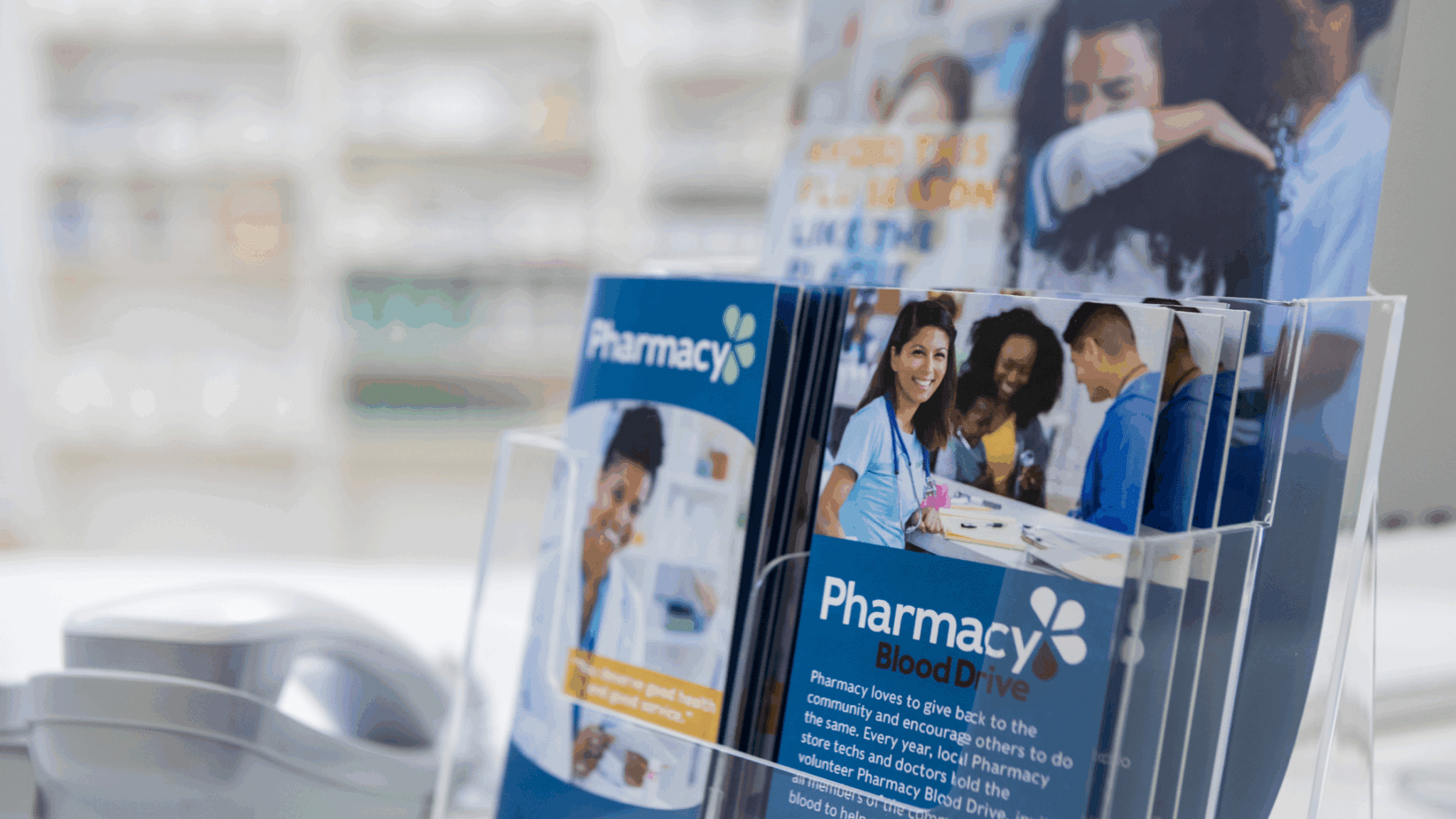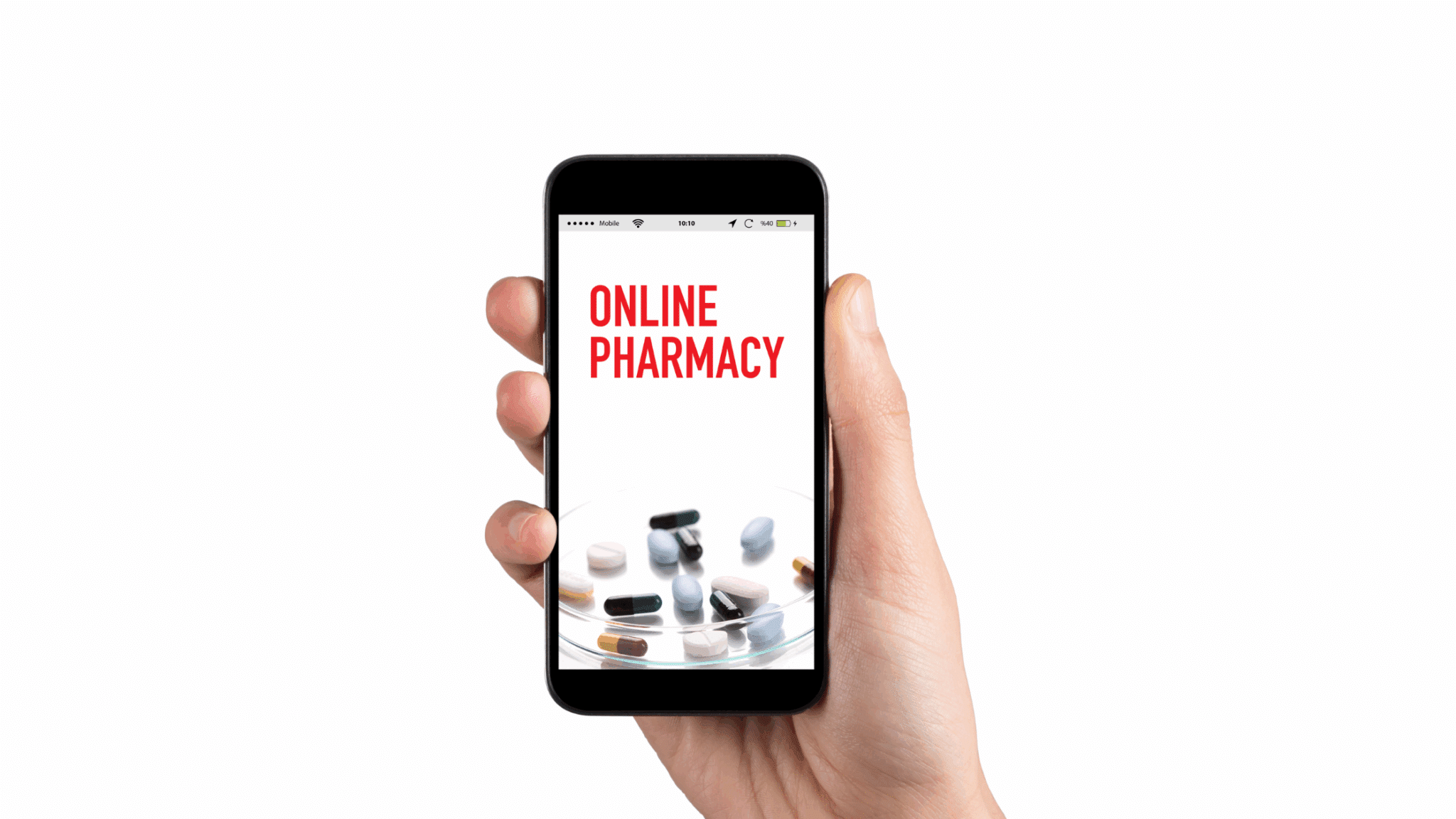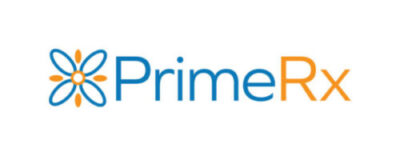Smart Marketing Strategies for Independent Pharmacies

Introduction
The American Association of Colleges of Pharmacy offers a “Top Ten” list of reasons why people choose to become pharmacists. Topping the list are sentiments that pharmacists would likely agree with, things like “I want to help people get well,” “I like to work directly with patients,” and “I enjoy a wide variety of career opportunities.” Not included on the list though, is something that has become a critically important part of pharmacy ownership – the need for marketing expertise.
While nobody goes into the pharmacy profession to become a marketing expert, successful pharmacists have learned the importance of pursuing marketing opportunities. Afterall, a pharmacist could have the most magnificent pharmacy that ever existed — fully stocked shelves, innovative programs, and highly trained, customer-focused staff members — but if no one knows about it, the chances of success are nil.
A good marketing strategy is so essential, that the U.S. Chamber of Commerce cites “inadequate marketing” among the factors that cause small businesses to fail. “Marketing and sales can be costly and ineffective if your small business has no branding, no direction, or no strategy,” the Chamber advises. “Lack of vision will fail to attract customers, or it can even turn them away.”

What is a Marketing Strategy and How Pharmacies Can Develop It?
But what exactly is meant by a marketing strategy and more importantly, how can a busy pharmacy possibly find time to focus on yet one more thing? According to the American Marketing Association (AMA), a marketing strategy refers to “an organization or person’s plan of action created to sell or advertise a product or service. It is fundamental to the overall business strategy and is designed to guide the company’s marketing efforts, tactics, and resources in a coordinated and cohesive manner.”
For pharmacies, the first step in developing a marketing strategy is to put some thought into what exactly the store hopes to accomplish. Is the purpose to solidify the pharmacy’s position as a trusted resource in the community, a place where people can feel comfortable seeking advice on a broad range of topics, while also obtaining medications, immunizations and other health services? Or is the focus to improve sales of OTC products, reminding consumers that the pharmacy is a good source of everything from household cleaning products to pet foods to food staples? Or maybe the pharmacy wants to promote its compounding services, or commitment to helping patients manage their medication portfolios. Maybe a pharmacy wants to promote itself as a one-stop solution for medications and OTC products as well as consumer goods.
Once a pharmacy determines its priorities, the next step is to target the consumers who would are natural fits for the various services and products offered by the pharmacy. A pharmacy will want to tailor messages that address the specific concerns of each targeted audience, and delivery those messages via a preferred platform.
"Marketing Must Haves" for Any Pharmacy

Following is an overview of several “Marketing Must Haves” for any pharmacy serious about improving sales and building its brand within the community:
Update your website/Highlight unique offerings. This sounds basic, but many small businesses, including pharmacies, treat their websites as afterthoughts, and fail to make regular updates. This can be a turn-off and for some customers, a sign about your commitment to care and service. A website update doesn’t have to involve a significant investment in time or money. A good place to start is by making sure your pharmacy hours of operation are correct, and that your address is easy to find.
You will also want to update and promote the list of services available, including immunizations offered, and special offerings such as pet medications, compounding services, and home deliveries. You should also include links to community health centers and other reputable sources.
Patients will be interested to learn about services available through the pharmacy – but won’t know about them if you don’t advertise them!
Optimize SEO. An updated website can be a powerful tool in identifying new customers by ensuring the pharmacy shows up in search engine queries. This process is called search engine optimization (SEO), which AMA defines as “the process of optimizing your website to rank higher on search engines like Google, making it easter for customers to find you when they search for products, services, or information.”
An easy way for pharmacies to focus on SEO is to highlight the many products and services available to consumers. A consumer in need of a certain brand of pet food, for example, may be pleasantly surprised when a Google search reveals that the product is available at the local pharmacy, rather than miles away at a supermarket. Google offers a service called “Pointy,” which allows pharmacies to promote their consumer product inventories, and have those products show up in local Google searches. The PrimeRx pharmacy management system allows pharmacies direct access to the Pointy solution. Pointy integrates directly with the pharmacy’s point-of-sale (POS) system to identify available consumer products and include the pharmacy in local searches for those products.

Encourage customers to leave reviews. A report published in the Harvard Business Review found that 98% of customers read reviews before they shop, which means that reviews are “one of the most important sources of information about products and services.” The impact of a positive review can be especially meaningful for a local pharmacy. For one thing, there’s a good chance a potential customer might know, or know of, the person offering a review, and respect that person’s opinion. And one good experience can have a tremendous impact in alerting others about the quality of service offered in your pharmacy.
A good best practice then, is to encourage a satisfied patient to take a few mintues to post a review either on your store’s website, on a local community bulletin board, or on Yelp, which helps identify local businesses.
Place Ads on Social Media. Statistics regarding social media usage are overwhelming! 85% of adults say they use YouTube, with 70% using Facebook and 50% on Instagram, followed by Pinterest (36%), TikTok (33%), LinkedIn (32%) and WhatsApp (30%).
This amounts to tens of millions of consumers spending time on social media platforms each day. A pharmacy can tap into local residents – potential customers – through use of social media advertising. Social media ads are comparatively less expensive than their print or broadcast counterparts, can be customized for each target audience, and allow immediate visibility. Plenty of websites are available that offer free advice on how to get started, and what to look for in creating and posting an effective ad.

Email and Text Campaigns. Email and text remain highly efficient ways to communicate with patients – especially when messages are customized with targeted messages. PrimeRx facilitates the pharmacy’s communication to patients with automated email and text capabilities. A pharmacist can select specific groups of patients for specialized messages. This might include patients above the age of 50, who could be sent information about obtaining a Shingles vaccine, while patients with hypertension could receive reminders about blood pressure monitoring. Best of all, PrimeRx allows patients to communicate back to the pharmacy, with questions about their medications or with any other concerns.
Build a Loyalty Program. PrimeRx also allows pharmacies to create and maintain loyalty programs, which can be a very valuable tool for retaining customers and helping them save money! Research by Boston Consulting Group found the typical U.S. consumer belongs to more than 15 programs, with 50% saying they feel “extremely engaged or very engaged.” Indeed, 22% said they would “never consider other brands,” a true testament to the relationships that can result from a well-executed loyalty program.
Pharmacies can customize and manage a loyalty program within PrimeRx. The program integrates with the pharmacy’s POS system, with each loyalty card number appended to a patient’s account. Points and promotions are automatically added and adjusted, with benefits applied right at the pharmacy counter.

Partner with local physicians’ practices, dental clinics, LTC centers, and other community health groups. As healthcare becomes more collaborative, with multiple professionals invested in patient care, pharmacies are a logical part of the team. By establishing relationships with all local medical offices and personnel, a pharmacy can become the “go to” source for all medications and OTC supplies.
Attend local events/Be a part of the community! Local pharmacists can build their reputations within the communities they serve by getting out from behind the counter and actively engaging in local events. This can include everything from having a booth at a community health fair, to distributing information about the importance of influenza vaccines, to sponsoring a mobile immunization or blood pressure clinic. Or how about sponsoring a local little league team or a soccer team? There are endless options for a pharmacy interested in engaging with the community – and the rewards can be significant.
As this discussion makes clear, marketing your pharmacy doesn’t have to cost money or take an inordinate amount of staff time. But it can’t be ignored! Marketing – in whatever form it takes – will spread the word to your community about all the good work you have put into building your business. You deserve to be rewarded for those efforts, and marketing will help ensure that success.

